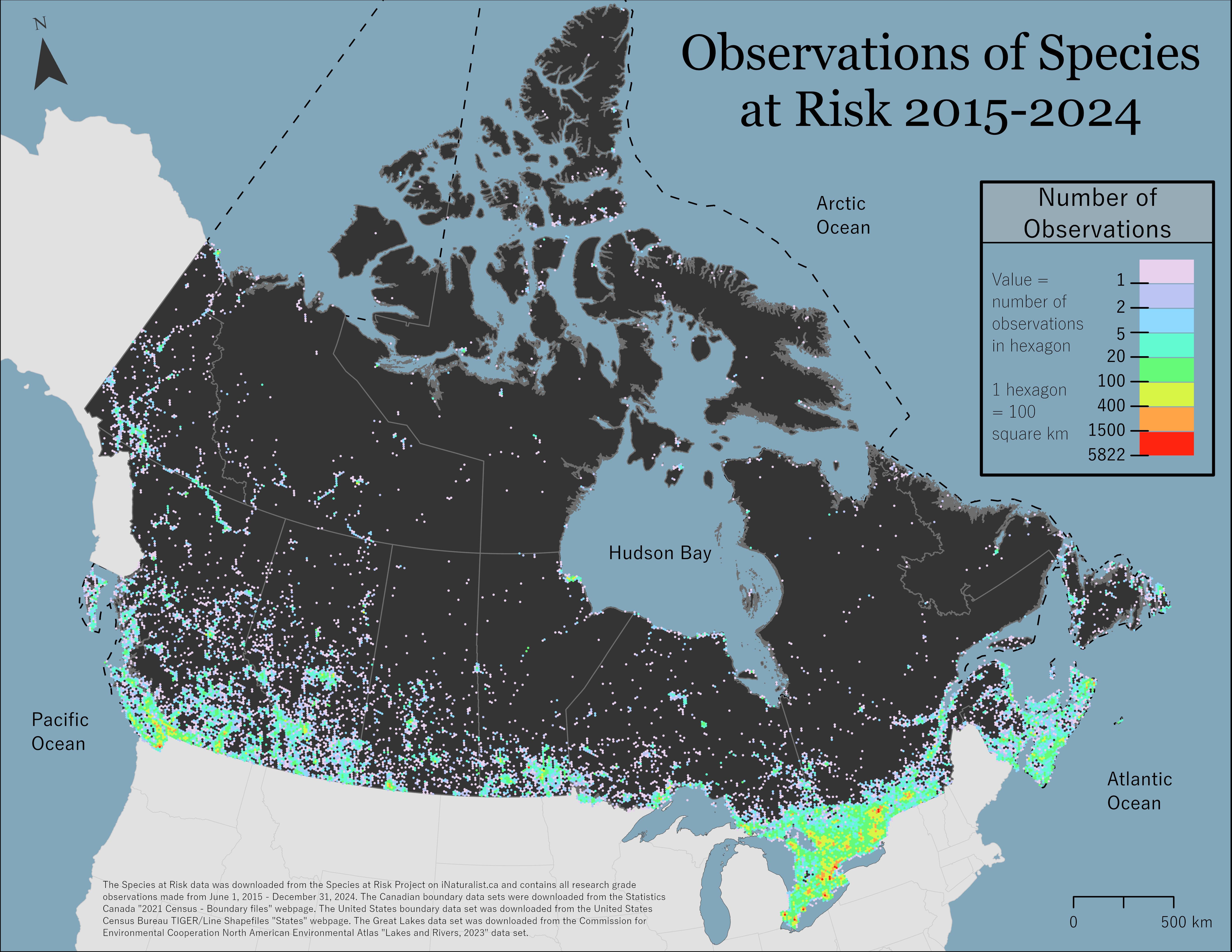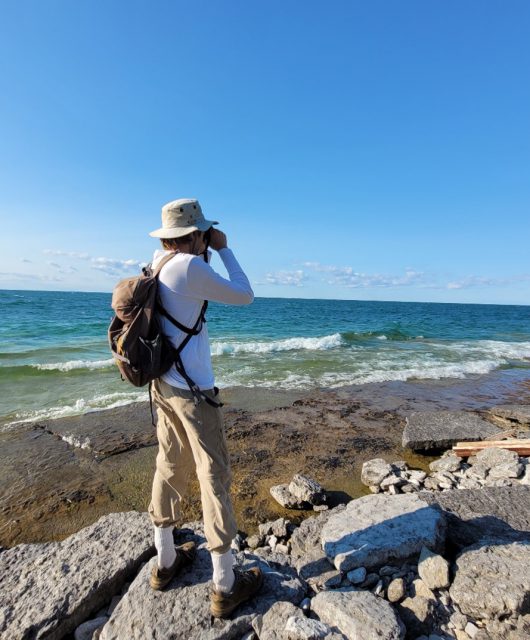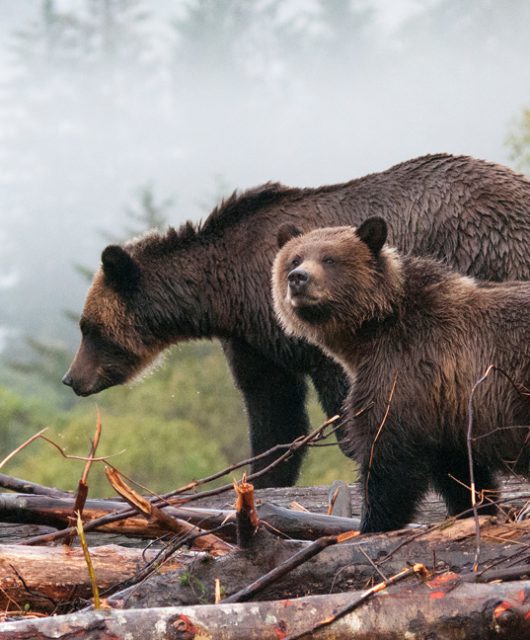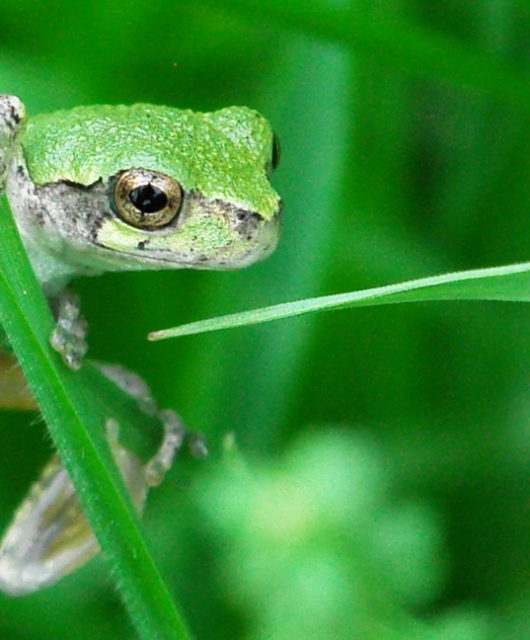A Decade of Discovery and Conservation
iNaturalist Canada turns 10! Since 2015, this platform has brought together a community to document and share observations of biodiversity across the country and has grown into a go-to tool for community science, helping to track wildlife populations, monitor changes in species distributions, and inform research and conservation efforts.
To date, this amazing community has recorded more than 21 million observations in Canada, with more than 600,000 new observations added monthly during the summer. By the time you’re reading this, these numbers will have jumped even higher! While there are a lot of American Robin and Canada Goose observations, there is a vast number of rare, threatened and endangered species that scientists might have never known about, more than 400,000 to be exact. These are tallied in the Species at Risk in Canada iNaturalist project that was created in conjunction with experts from the Committee on the Status of Endangered Wildlife in Canada (COSEWIC). There you can see what species are at risk in Canada, look at their distributions and maybe even contribute some of your own observations.
Mapping a Decade of Data

The above map showcases all species at risk, however an important added value of iNaturalist also lies in tracking vulnerable wildlife by looking at individual species or key groups, such as:
The Monarch Butterfly: Following a Species on the Move
The Monarch is one of the most well-known species at risk in Canada. Each year, monarchs travel thousands of kilometers between Canada and Mexico, relying on milkweed plants to complete their life cycle. However, habitat loss, pesticide use, and climate change have caused their populations to decline.
iNaturalist observations show how these butterflies are distributed across Canada, seasonal location, and how their range may be shifting.
Turtles: Tracking Our Water Guardians
Turtles play an important role in maintaining healthy freshwater and marine ecosystems, but most Canadian species are at risk due to habitat loss, road mortality, and poaching. Community scientists have helped track at risk turtles such as the Blanding’s Turtle, Northern Map Turtle, and Leatherback Sea Turtle over the past decade.
Turtle observations on iNaturalist help identify priority areas for conservation such as road mortality hotspots, critical wetlands and nesting sites.
Bats: Shedding Light on an Elusive Group
Bats are often overlooked, but they are vital to Canada’s ecosystem and economy as natural insect control. Unfortunately, many bat species in Canada are in steep decline due to wind power, habitat loss and white-nose syndrome (a fungal disease that has devastated populations).
iNaturalist Observations of bats are especially valuable because of their nocturnal nature making them difficult to study and not often seen. Observations of endangered species like the Little Brown Bat, Hoary Bat, and Tri-colored Bat can fill knowledge gaps about the remaining distribution, key roost sites and how their populations are faring.
The Power of Community Science
The story these maps tell is clear: every observation counts. Whether you’ve documented a monarch in your backyard, a turtle crossing a trail, or a bat flying at dusk, your contributions have helped shape our understanding of Canada’s biodiversity. In fact, these observations are routinely used by COSEWIC when undertaking their species at risk assessments, underscoring the conservation impact that every iNaturalist user makes towards conserving our vulnerable species.
We want to thank the community of nature enthusiasts for your dedication to observing, sharing, and learning. Here’s to another decade of discovery, conservation, and collaboration!



